10 Tools Every DIYer Should Own (And How to Use Them Right)
Every great DIY project starts with the right tools. Whether you’re mounting a shelf, fixing a fence, or building a backyard deck, having a well-equipped toolkit can be the difference between a smooth weekend job and a frustrating mess. For Australian DIYers, investing in quality tools isn’t just practical—it’s a long-term asset. But owning them is only half the equation; knowing how to use them correctly ensures safety, efficiency, and that professional finish we all strive for. Let’s break down the 10 essential tools every DIYer should own—and how to use each one the right way.
1. Cordless Drill
Primary use: Drilling holes and driving screws.
The cordless drill is the workhorse of any tool collection. Whether you’re assembling flat-pack furniture or installing decking, a good quality drill is essential. Look for one with variable speed settings and a lithium-ion battery for long-lasting power. In Australia, brands like Ryobi, Makita, and Bosch offer excellent mid-range models. Pro tip: Always use the correct drill bit for your surface—wood, masonry, and metal all require different types.
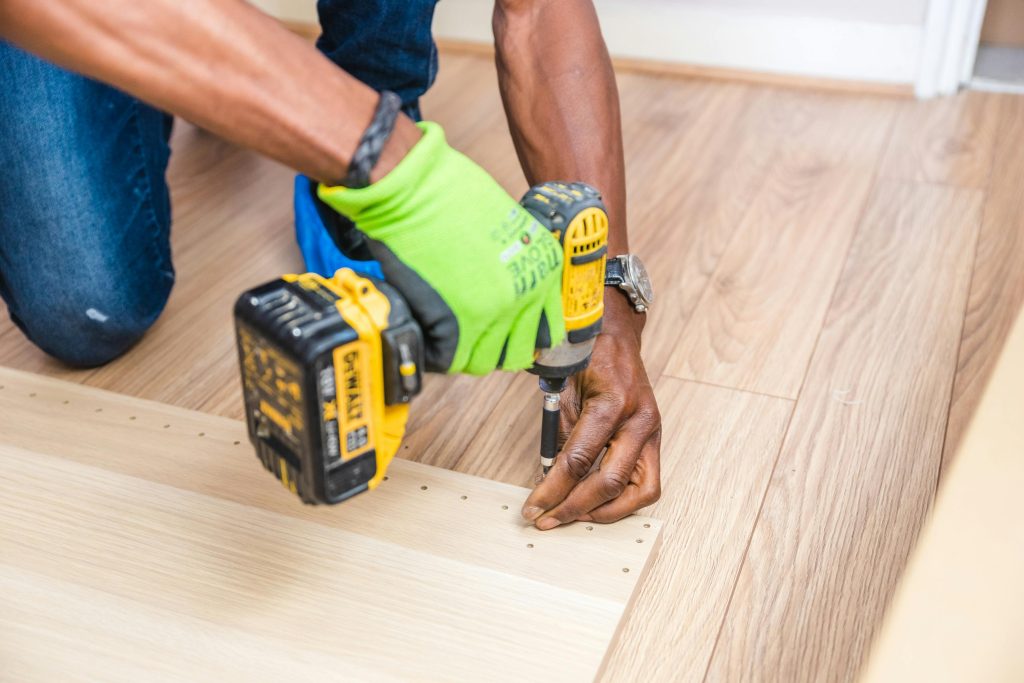
2. Tape Measure
Primary use: Accurate measurements for cutting, fitting, or spacing.
You’d be surprised how many projects go awry due to poor measuring. A 5–8 metre tape measure is perfect for most home improvement jobs. Always use the metal hook for zeroing and remember to lock the tape in place when marking. For wall-hanging projects, mark with a pencil then double-check your line using a level.
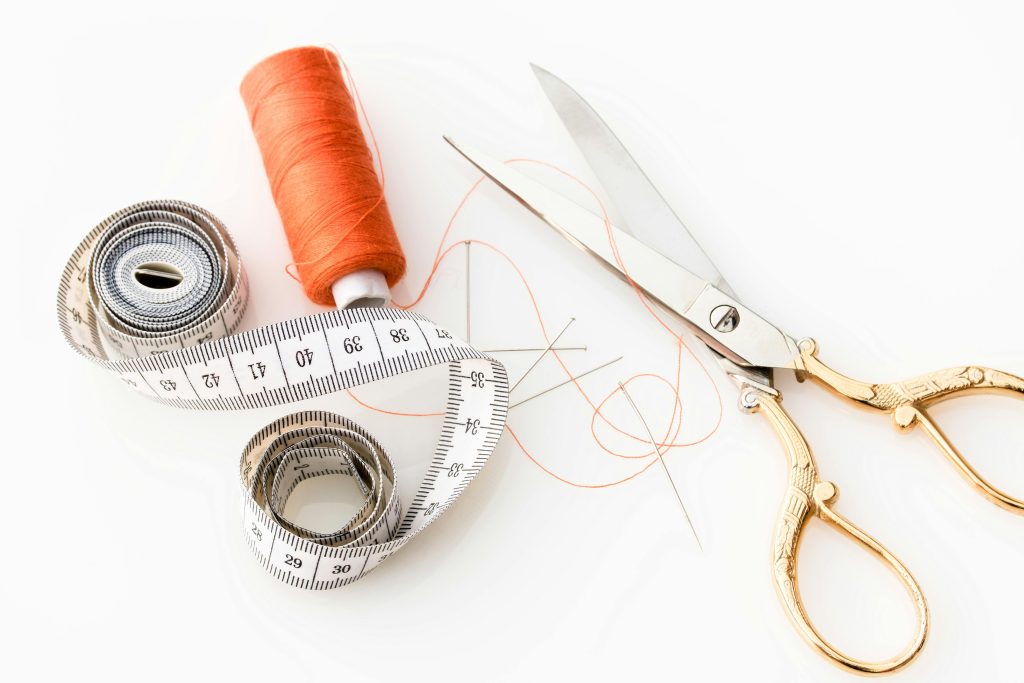
3. Spirit Level
Primary use: Ensuring surfaces are perfectly horizontal or vertical.
From hanging picture frames to aligning cabinets, a spirit level guarantees precision. Bubble levels or digital ones both work well, but avoid going cheap—it affects accuracy. For outdoor use, consider a laser level for setting posts or fencing. In uneven Aussie backyards, this tool is indispensable.
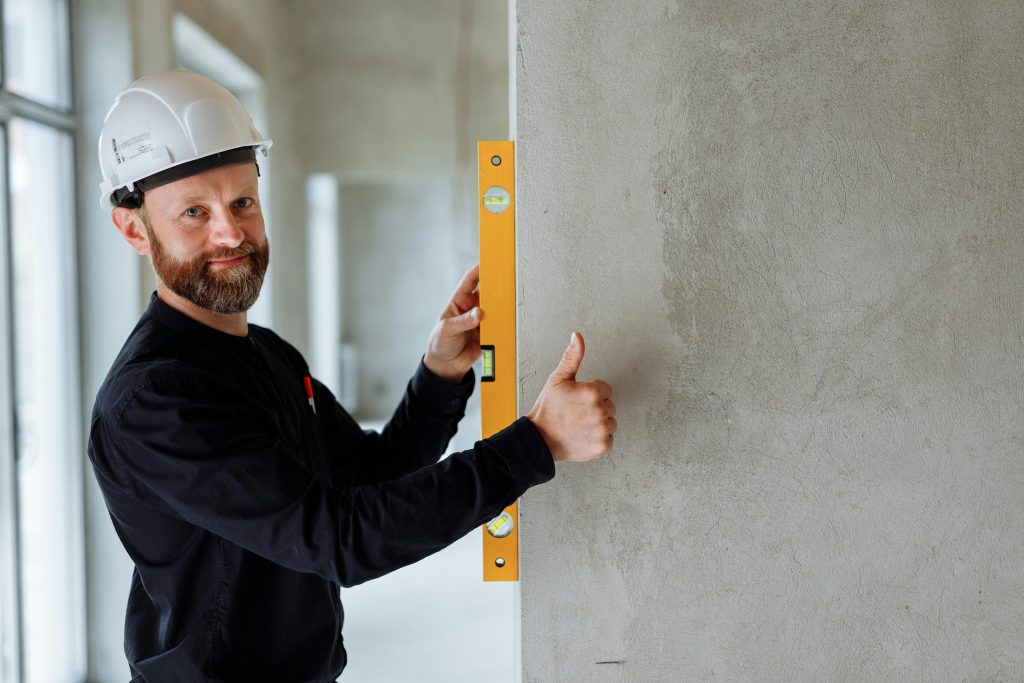
4. Claw Hammer
Primary use: Driving in or pulling out nails.
The classic claw hammer is a staple for everything from demolition to light carpentry. Choose one with a comfortable grip and balanced head. When removing nails, use a timber offcut under the claw to prevent damaging your surface. Avoid using it as a substitute for a mallet or metal bashing—it’s designed specifically for nails.
5. Adjustable Spanner
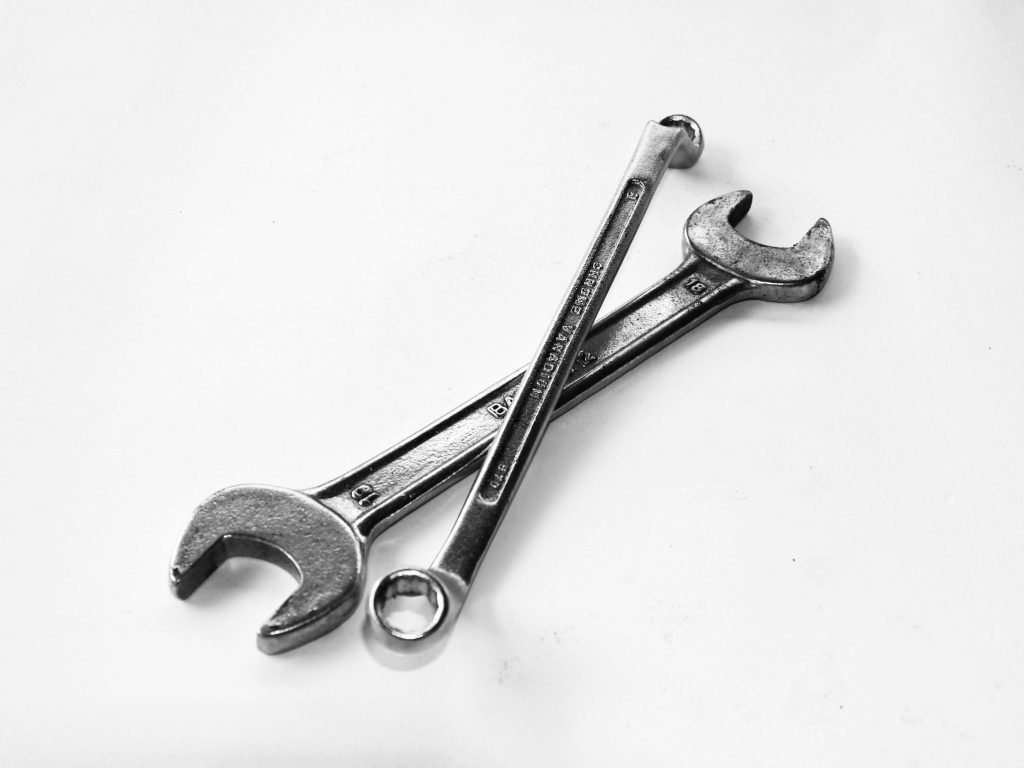
Primary use: Tightening or loosening nuts and bolts.
Instead of a whole wrench set, one good adjustable spanner can handle most basic plumbing or furniture jobs. Ideal for tightening taps, assembling BBQs, or even fixing bikes. Always adjust the jaw tightly to the bolt to avoid rounding the edges. Brands like Kincrome and Crescent are popular in Australian toolkits for their durability.
6. Utility Knife
Primary use: Cutting materials cleanly and precisely.
A utility knife (Stanley knife) is essential for scoring plasterboard, trimming carpet, or opening packages. Always retract the blade when not in use and change dull blades regularly. For safety, cut away from your body and use a straight edge or ruler for guided lines. Consider a heavy-duty version for materials like vinyl or foam insulation.
7. Screwdriver Set
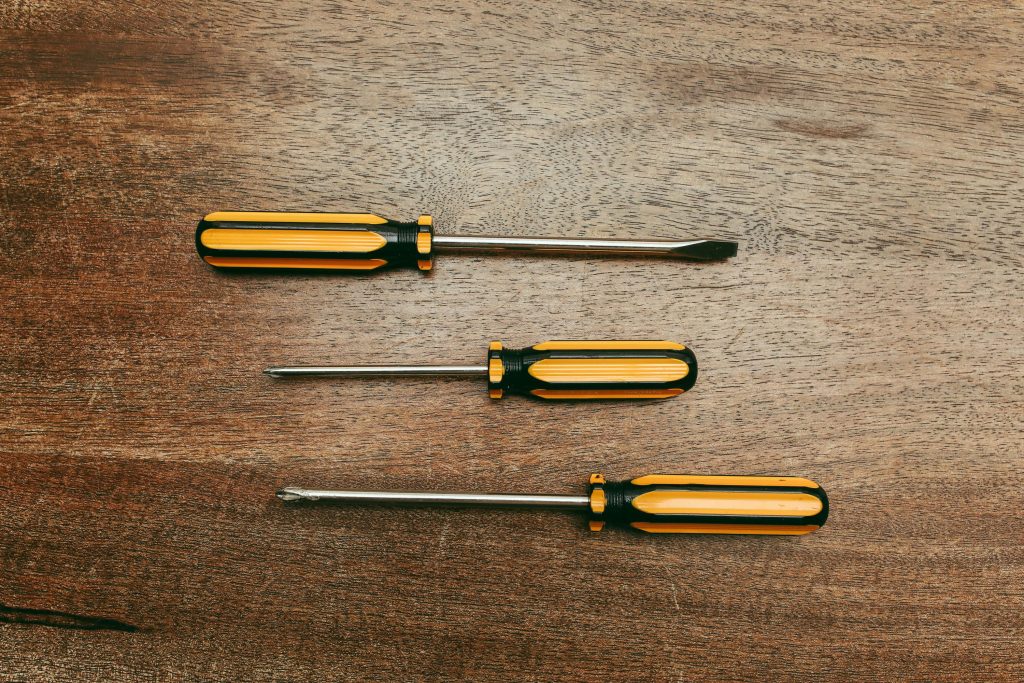
Primary use: Turning screws—Phillips, flathead, and specialty types.
No DIY toolkit is complete without a versatile screwdriver set. Look for magnetised tips and ergonomic grips for ease. For electrical or electronic work, insulated screwdrivers are a must. In Australia, a lot of flat-pack furniture and appliances use Phillips head screws—make sure you have a range of sizes on hand.
8. Hand Saw
Primary use: Manual cutting of wood or plastic materials.
A quality hand saw can tackle jobs like trimming timber, pruning branches, or cutting through PVC pipes. Fine-tooth saws are better for detailed indoor work, while coarse-tooth saws are ideal for outdoor timber. Always use clamps to secure your material, and let the saw do the work—avoid forcing it.
9. Pliers (Combination or Needle-Nose)
Primary use: Gripping, bending, or cutting wire and materials.
Combination pliers are ideal for general use, while needle-nose pliers are perfect for tight spaces or electrical work. Use them for pulling out nails, stripping wires, or even holding small bolts in place. Choose a pair with a non-slip handle for safety, especially in humid or dusty Aussie climates.
10. Safety Gear (Yes, It’s a Tool Too)
Primary use: Protecting yourself while working.
No project is worth risking your health. Every DIYer should own a pair of safety glasses, ear protection, dust masks, and durable gloves. For work involving power tools, steel-capped boots and a long-sleeve shirt are also recommended. With Australia’s unpredictable weather and outdoor projects common, sun protection is another must-have.
Building Your Toolkit the Smart Way
When starting your DIY journey, resist the urge to buy everything at once. Prioritise quality over quantity and build up your collection as you tackle new projects. Many hardware stores in Australia like Bunnings, Mitre 10, or Total Tools offer toolkits with basics to get you started. Look out for end-of-financial-year sales or trade events where brands often offer tool bundles at a discount.
Maintenance and Storage Tips
Keep your tools clean and dry—especially in coastal or humid regions of Australia where rust can creep in quickly. Invest in a sturdy toolbox or wall-mounted pegboard system to keep everything organised and easily accessible. Recharge batteries after use, oil moving parts when needed, and always return tools to their designated spots.

DIY Confidence Starts With the Right Tools
Having the right tools—and knowing how to use them properly—empowers you to tackle projects with confidence. From basic repairs to creative renovations, each tool in your kit opens new possibilities. More importantly, it saves you time, money, and the stress of hiring trades for smaller tasks. Whether you’re a weekend warrior or an emerging DIY expert, these 10 tools form the foundation of a home workshop that’s ready for anything.
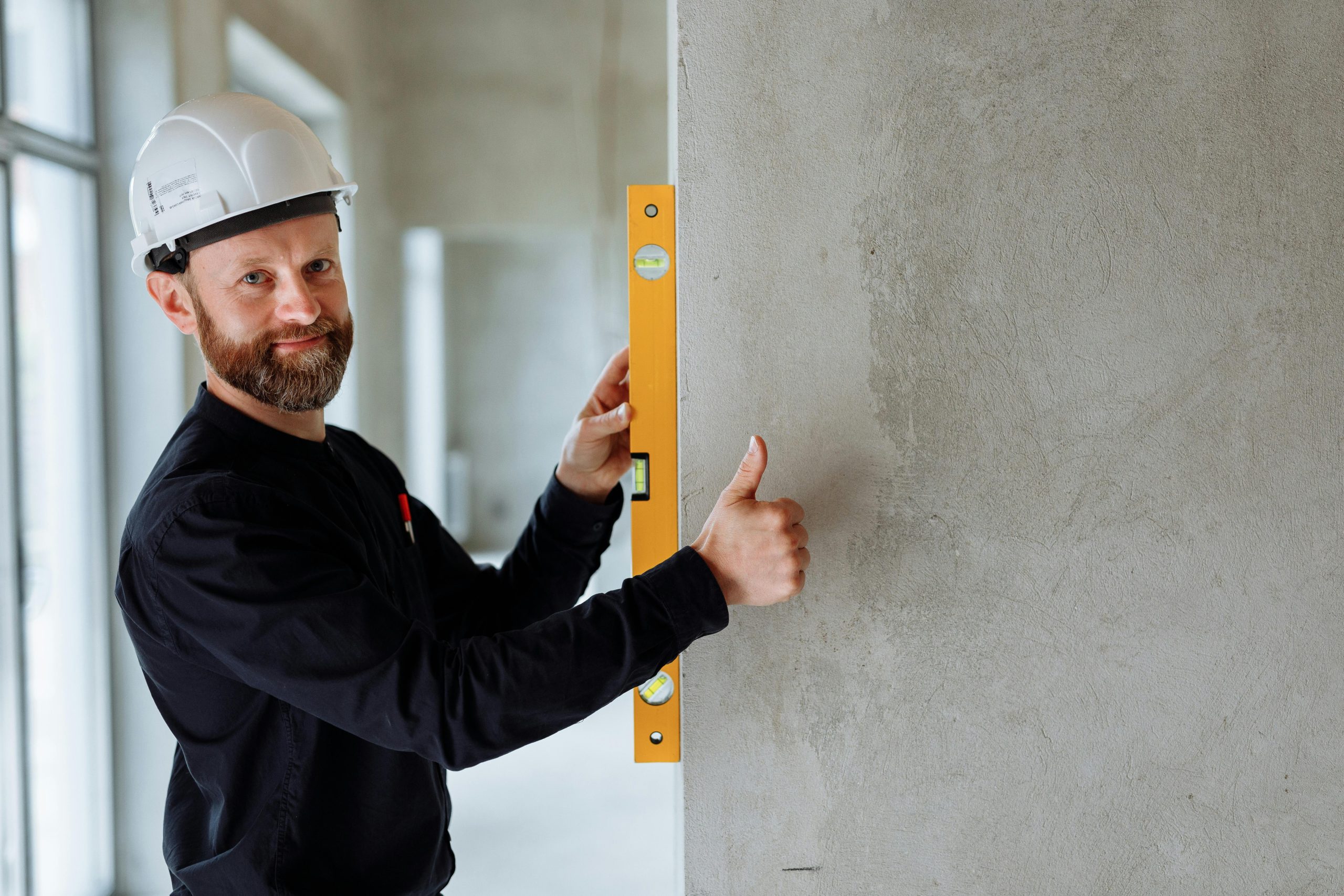

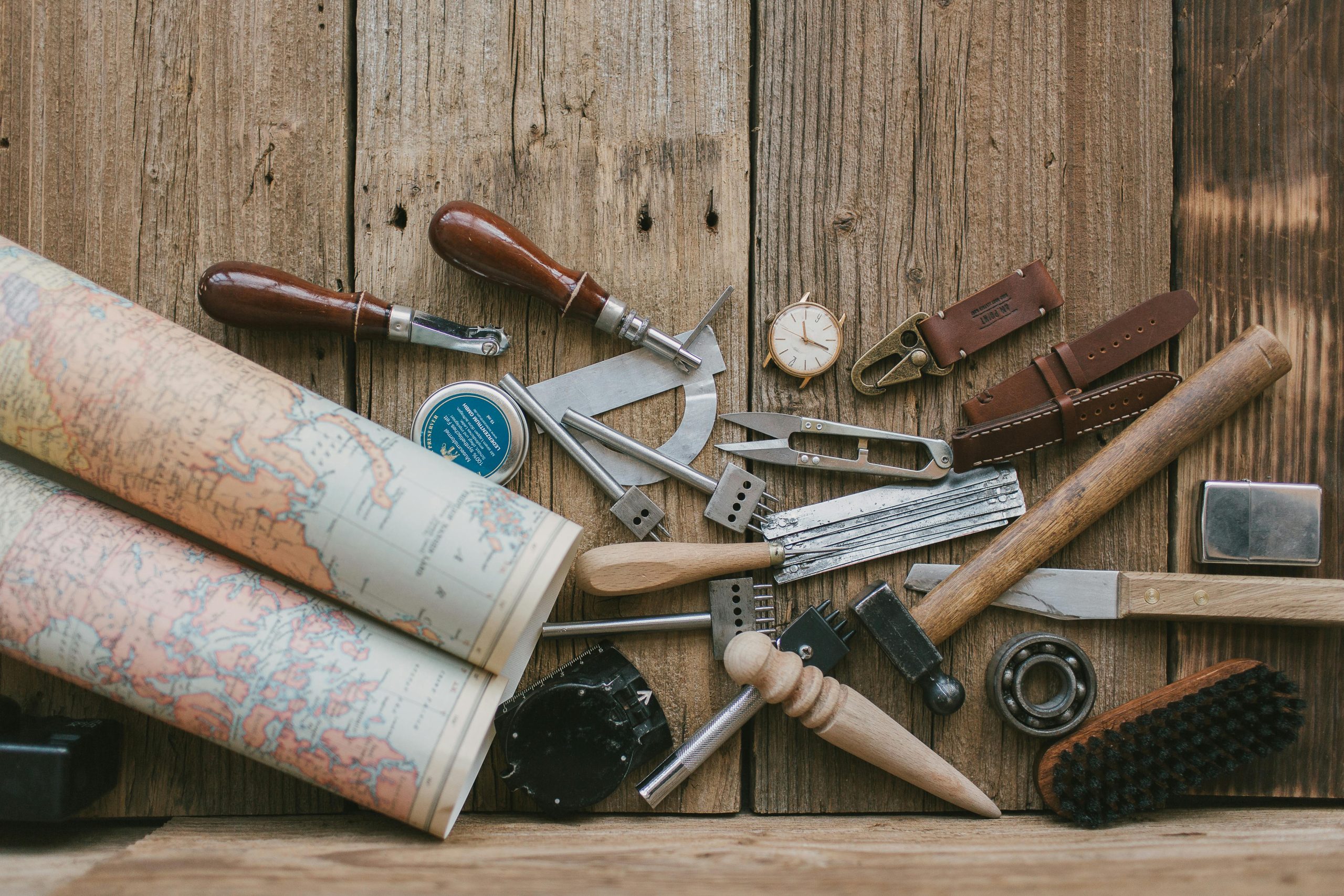
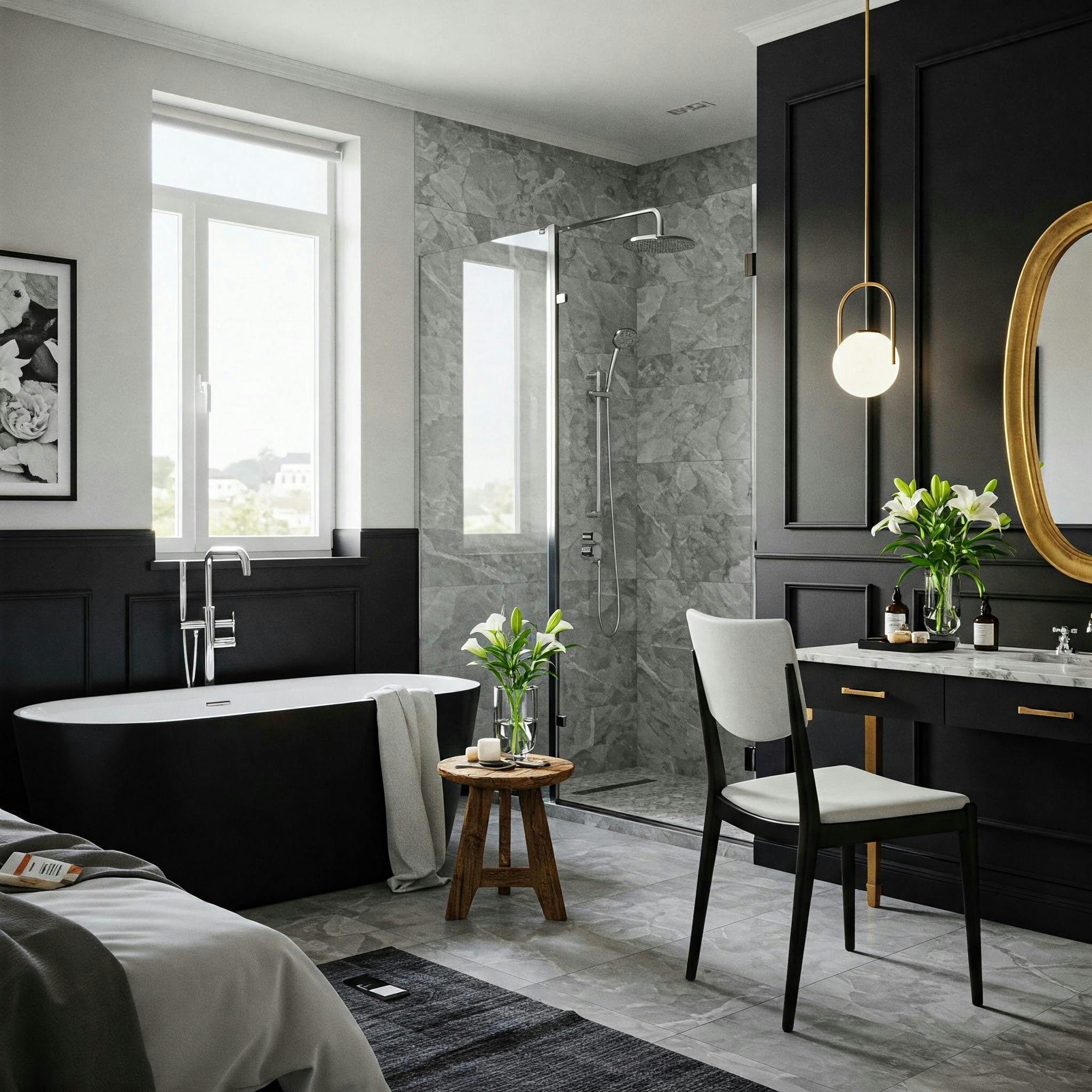


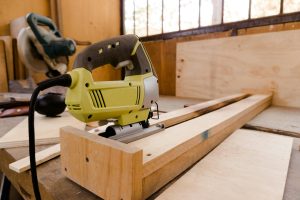





Post Comment